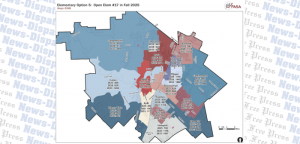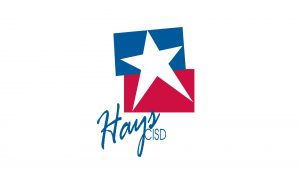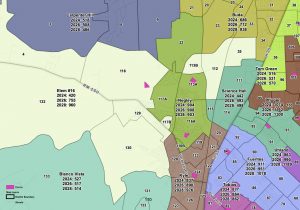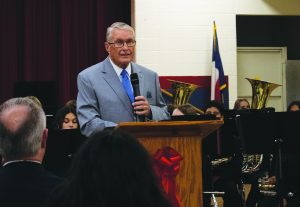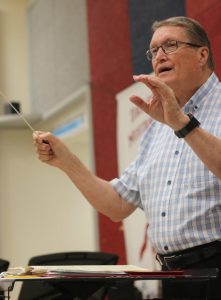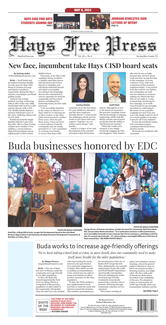By Kim Hilsenbeck
The Carpenter Hill Elementary School (CHES) cafeteria was buzzing with excitement Friday afternoon as students from Carpenter Hill’s Saturn V/STEM (Science, Engineering, Technology and Math) and Dahlstrom Middle School’s GTT programs awaited the arrival of U.S. Congressman Lamar Smith (R-San Antonio).
Smith, chairman of the Science, Space and Technology Committee, visited Hays CISD for a STEM showcase. Fifth grade Saturn V/STEM students along with seventh and eighth grade GTT students were in the spotlight as Smith visited the various project displays and experiments.
He first spoke to the students, encouraging them to keep studying and working hard.
“There is so much out there we don’t know,” he said. “If you study you’re going to find far more than you ever thought existed.”
Smith said he thinks there is something missing from the definition of STEM.
“We in Congress this year are going to add computer science to the definition of STEM,” he said.
Smith said he will file legislation to change that definition.
He told students he was there to encourage them to study STEM subjects because they are going to open up whole new subjects of study.
“They will enable you to come up with inventions and innovations that are going to help people around the world,” he said.
He also said STEM careers offer high income earning potential.
“There are going to be twice as many STEM jobs created,” he said.
He told them they are the future and emphasized how important it is to have girls involved in STEM.
“I’m glad to see so many girls in the room,” Smith said. “We need more women studying these subjects.”
Smith imparted this advice to the students:
“Work as hard as you possibly can,” he said.
Other special guests included IBM employees Austin Director of IBM Research Kevin Nowka and Rick McMaster. Carpenter Hill and Dahlstrom mom Sam Zapalac, who also works at IBM, has helped bring in $19,000 worth of grants from IBM to CHES and Dahlstrom over the past four years. Those funds helped purchase, among other things, a mobile iPad Lab for CHES and microscopes for Dahlstrom.
Nowka told the students why IBM thinks STEM is so important.
“IBM no longer considers itself just a computer company,” he said. “We …invent solutions to really important problems.”
He talked about a computer called Watson, invented by IBM in recent years. He explained how it can read thousands of books and then be asked questions about what it learned.
“We first built that to play a game … Jeopardy. And we beat the humans,” he said.
That same technology was then used by Texas oncologists to assess the best way to treat leukemia and other rare and very serious cancers, Nowka said.
In addition, IBM developed a new computer based on the same structure used in human brains.
IBM also developed an app that allowed soccer players around the world to track their favorite players and teams.
“STEM is important to everything we do,” he said.
Following the assembly, Smith took time to talk with students at each of the displays as he walked around the room.
What can he do at the federal level to help with more STEM funding or creating public-private partnerships?
“We [at the Science, Space and Technology Committee] have jurisdiction over the national science foundation. We are going to spend $1 billion on STEM education, on projects to interest kids. It’s out of school and in school projects, it’s scholarships, it’s teacher training.”
He said he also wants to make sure that students who start in STEM stick with it.
“Only a quarter of STEM students are women. We’re trying to get more girls interested,” he said.



